Technological Innovations in Plastic To Fuel Market
The Plastic To Fuel Market is experiencing a surge in technological innovations that enhance the efficiency of converting plastic waste into fuel. Advanced pyrolysis and gasification technologies are being developed, which can potentially increase the yield of fuel from plastic waste. For instance, recent advancements indicate that these technologies can convert up to 90% of plastic waste into usable fuel, thereby addressing both waste management and energy production challenges. Furthermore, the integration of automation and artificial intelligence in processing facilities is likely to optimize operations, reduce costs, and improve safety. As these technologies mature, they may attract significant investments, further propelling the growth of the Plastic To Fuel Market.
Regulatory Frameworks Supporting Plastic To Fuel Market
The Plastic To Fuel Market benefits from increasingly supportive regulatory frameworks aimed at promoting sustainable waste management practices. Governments are implementing policies that encourage the conversion of plastic waste into fuel, often providing financial incentives for companies engaged in this sector. For example, certain regions have established tax breaks or grants for facilities that utilize innovative technologies to process plastic waste. Additionally, regulations aimed at reducing landfill usage and promoting recycling are likely to create a favorable environment for the Plastic To Fuel Market. As these regulations become more stringent, the demand for efficient waste-to-fuel technologies may increase, driving market growth.
Rising Demand for Sustainable Energy Solutions in Plastic To Fuel Market
The growing demand for sustainable energy solutions is a key driver for the Plastic To Fuel Market. As energy consumption patterns shift towards renewable sources, the need for alternative fuels derived from waste materials is becoming more pronounced. The market for biofuels and synthetic fuels is projected to expand, with estimates suggesting a compound annual growth rate of over 10% in the coming years. This trend indicates a significant opportunity for the Plastic To Fuel Market to provide a viable solution to energy needs while simultaneously addressing plastic waste. The dual benefit of waste reduction and energy production positions this industry favorably in the evolving energy landscape.
Consumer Awareness and Demand for Circular Economy in Plastic To Fuel Market
Consumer awareness regarding environmental issues is driving demand for circular economy solutions, which is beneficial for the Plastic To Fuel Market. As individuals and organizations become more conscious of their environmental footprint, there is a growing preference for products and services that contribute to sustainability. This shift in consumer behavior is likely to encourage companies to invest in technologies that convert plastic waste into fuel, aligning with the principles of a circular economy. Market studies indicate that consumers are willing to pay a premium for sustainable products, which could further incentivize the growth of the Plastic To Fuel Market as businesses adapt to meet these evolving expectations.
Increased Investment in Waste Management Technologies in Plastic To Fuel Market
Investment in waste management technologies is on the rise, significantly impacting the Plastic To Fuel Market. As municipalities and private sectors seek effective solutions for plastic waste, funding for innovative technologies is becoming more accessible. Reports suggest that investments in waste-to-energy technologies, including those converting plastic to fuel, could reach billions of dollars in the next few years. This influx of capital is likely to accelerate research and development efforts, leading to more efficient processes and broader adoption of plastic-to-fuel technologies. Consequently, the Plastic To Fuel Market stands to benefit from enhanced operational capabilities and increased market penetration.


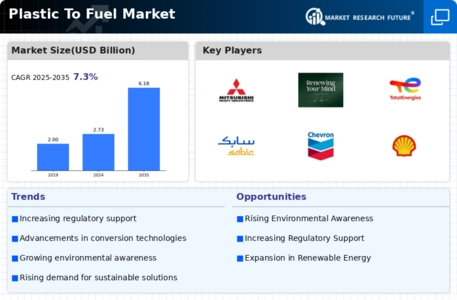
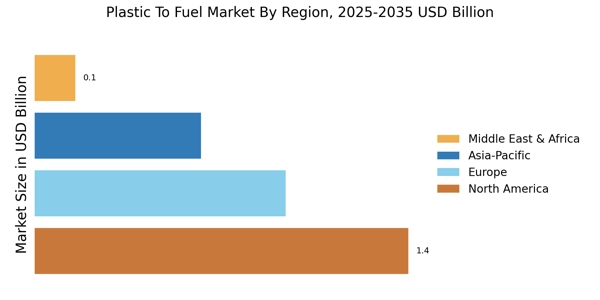
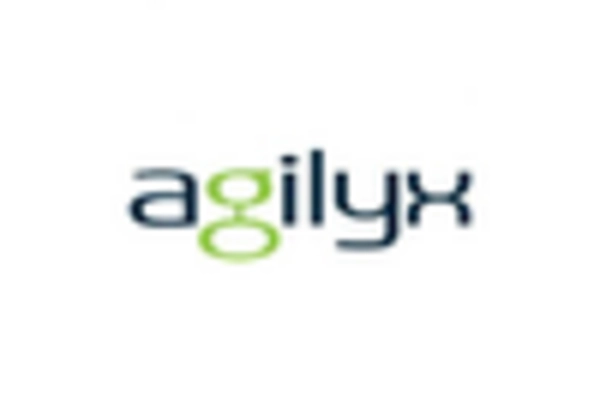

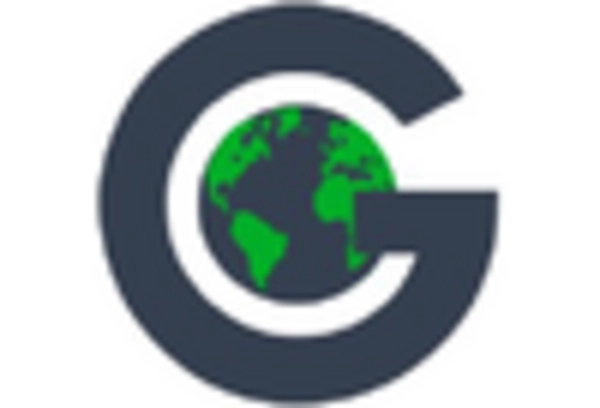
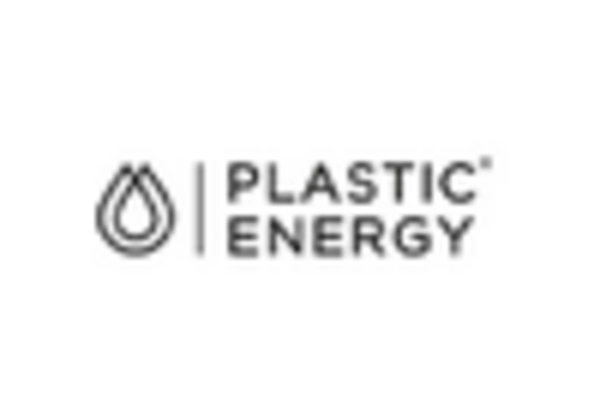
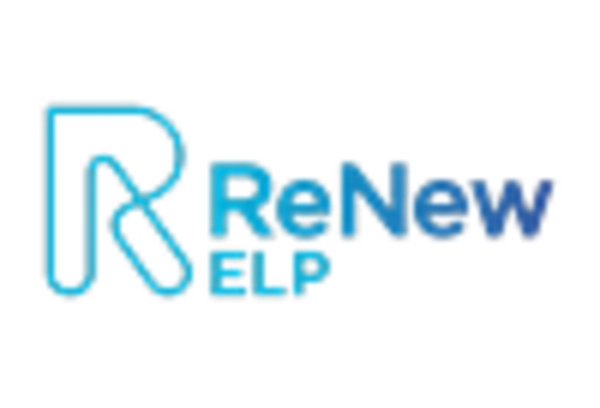
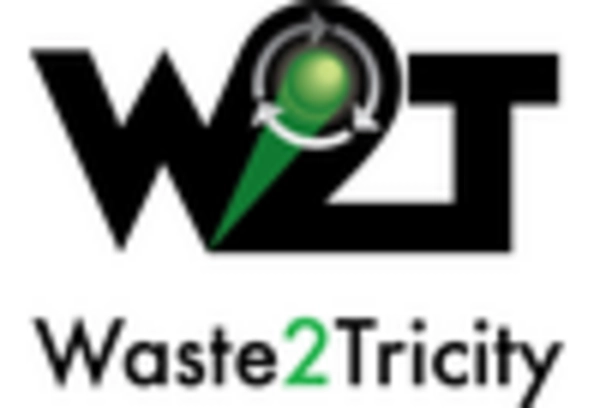








Leave a Comment